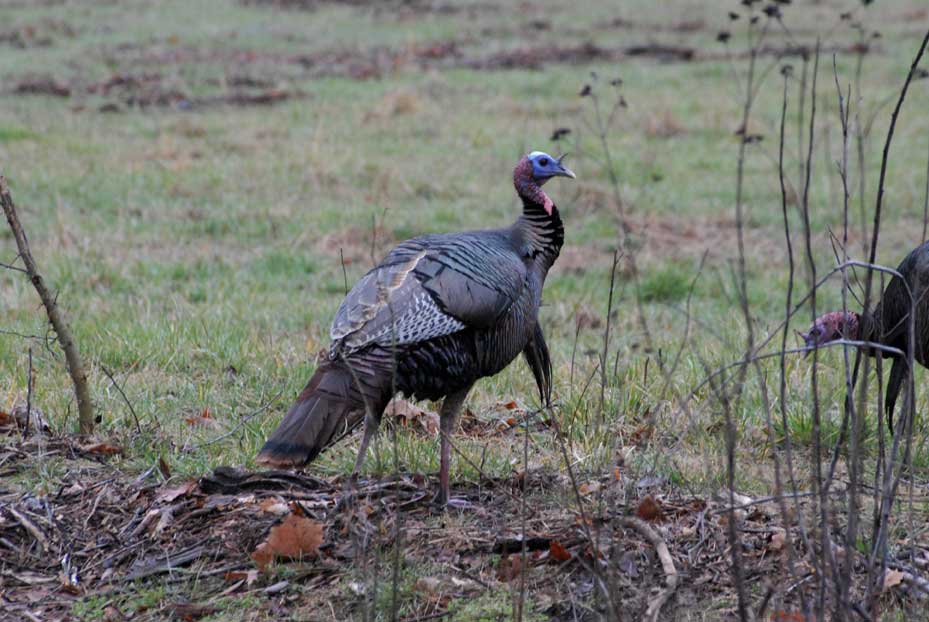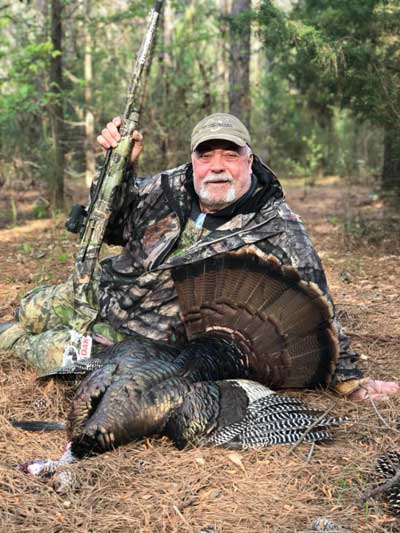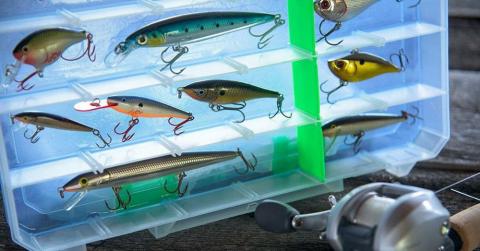provided by John Phillips
Ernie Calandrelli, from Buffalo, New York, enjoys all outdoor sports and has been turkey hunting for 44 years. Calandrelli retired a year or so ago from his positions of PR Director and Head of Advertising for Quaker Boy Calls after 34 years and is a longtime Mossy Oak enthusiast. Calandrelli has won or placed in the top 10 in over 100 turkey calling contests, including state, regional, U.S. and world championships. He’s hosted outdoor writers and Quaker Boy customers on turkey hunts all over the country in years past. Calandrelli has made so many friends in so many states that today he hunts as often as possible during spring gobbler season and deer season. Mossy Oak asked Calandrelli to name the wild turkeys that have taught him the most over the years.

We’d hunted this turkey for six consecutive days. Since I don’t take a turkey at first light when they fly down off the roost, I decided to go hunt the 180 Turkey in the middle of the morning, about 10 a.m. This turkey gobbled well in the middle of the morning – perhaps 100 times – but he wouldn’t come to a call. As soon as someone yelped on a call, the turkey would turn around 180 degrees and go the opposite way – no matter where I was in the woods. So, one day I had my buddy Les Lefjeffords with me, and I took him to a place where I knew he could call to this turkey.
I told him, “Les, wait 15 or 20 minutes before you start calling, and if that turkey comes toward you, shoot him. I’m going to circle around and get behind the turkey, and if he starts walking away, I’ll try and ambush him. I’m going to line up your calling with that turkey’s gobbling, and if he walks away from you, he should walk right to me.”
 When I finally got to the other side of the gobbling turkey, I heard Les calling, and I lined up Les’s calls with the gobbling of the turkey. I tried to get on a line so that the turkey would walk right to me. I finally determined the direction the turkey would come from, and I let him walk straight to me. I was standing next to a tree wearing my Mossy Oak camouflage, which helped me blend in with the tree while allowing me to remain mobile. This way I could get a better view of the direction from where that 180 turkey was coming. I needed to remain mobile to adjust my position to remain in front of the turkey and within gun range. When I saw the turkey, he was about 40 yards away from me, so I raised my old double-barrel, 10-gauge shotgun and squeezed the trigger as he stepped into an opening right by me.
When I finally got to the other side of the gobbling turkey, I heard Les calling, and I lined up Les’s calls with the gobbling of the turkey. I tried to get on a line so that the turkey would walk right to me. I finally determined the direction the turkey would come from, and I let him walk straight to me. I was standing next to a tree wearing my Mossy Oak camouflage, which helped me blend in with the tree while allowing me to remain mobile. This way I could get a better view of the direction from where that 180 turkey was coming. I needed to remain mobile to adjust my position to remain in front of the turkey and within gun range. When I saw the turkey, he was about 40 yards away from me, so I raised my old double-barrel, 10-gauge shotgun and squeezed the trigger as he stepped into an opening right by me.
What I Learned from Taking the 180 Gobbler:
- The hunter definitely has a bigger brain than a turkey does. Sometimes when calling and trying everything you know to take a turkey doesn’t work, you may need a buddy to help you bag that gobbler. Back in the old days of turkey hunting, we used this tactic quite a bit, although I don’t use this strategy as often nowadays. The main reason I don’t use this strategy as often is because I’ve retired, and I now have many more days and many more places to hunt. When I was working at Quaker Boy Calls, although I didn’t have to be at work at a certain time, I liked to get to work as soon as I could. Back then, if I was sitting at my desk when Dick Kirby, the owner of Quaker Boy Calls, showed up for work, he’d give me a strange look and ask, “Didn’t you turkey hunt this morning?”
- You can’t call some turkeys to you. A friend of mine, nationally known hunter and caller, the late Ben Rodgers Lee from Coffeeville, Alabama, used to say, “There’s some turkeys that if you call to them, you’re not going to kill them, and some turkeys you’ll only kill because you don’t call to them.” To be honest, I think that skill in turkey hunting is required more often to take a turkey that you can’t call to than is required to take a turkey that you call up and harvest.




























